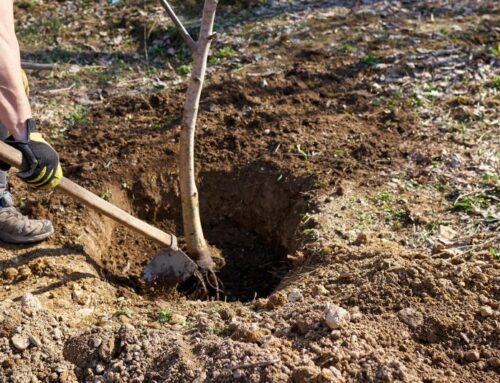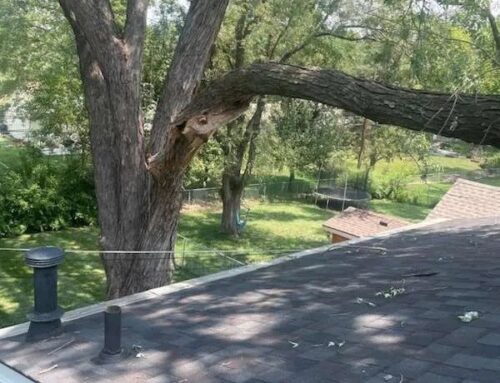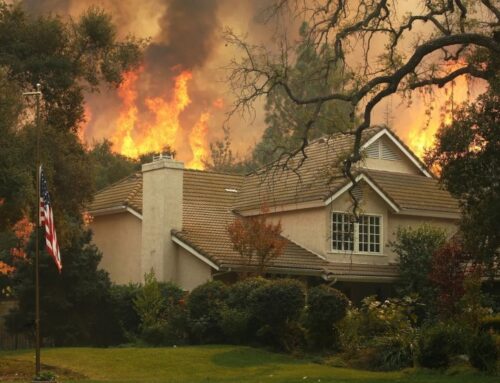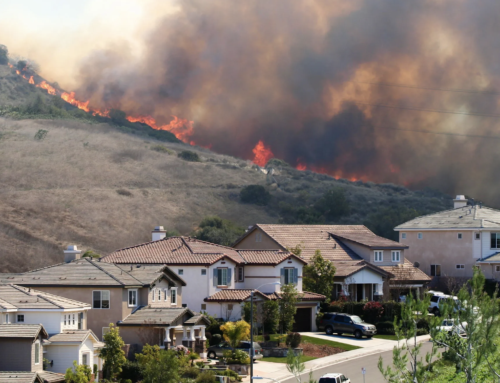Wildfires are no longer a rare threat. With hotter temperatures, longer droughts, and wind-driven conditions, wildfire season is becoming more intense and more unpredictable each year. If you live in a fire-prone region, being prepared is a top priority.
The good news? There are smart, practical steps you can take to protect your home and loved ones. From tree maintenance to emergency planning, this guide will walk you through everything you need to stay wildfire ready.
Assessing Your Home’s Wildfire Risk
Before you start chopping trees or hosing down your roof, take a moment to assess your current wildfire risk. Knowing your vulnerabilities is the first step to creating a solid defense.
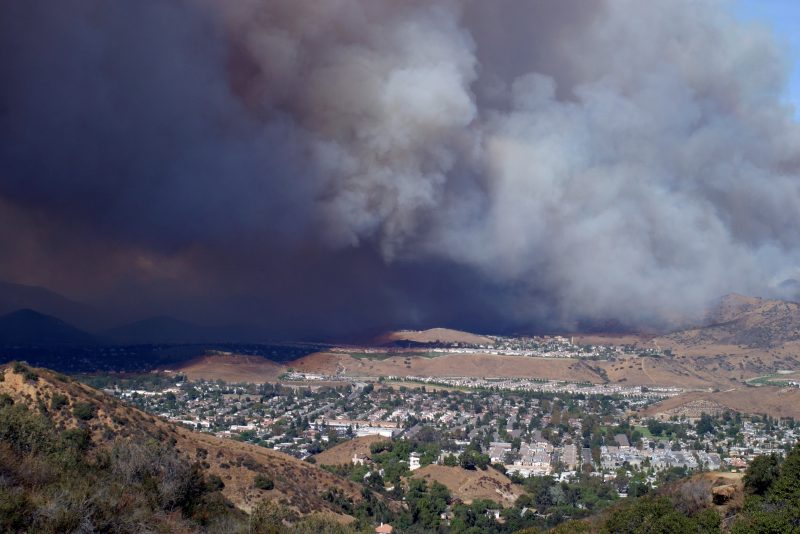
Check Your Wildfire Hazard Zone
Do you know if your home is in a high-risk wildfire zone? Local fire departments, state forestry agencies, or even your county’s website may offer wildfire hazard maps. These maps are based on topography, vegetation type, and fire history. It’s worth checking where you land.
You can also use online tools like CalFire’s Fire Hazard Severity Zone Map if you’re in California. Identifying your zone helps determine the level of precautions you’ll need to take.
Evaluate Your Property’s Current Defense
Walk around your home with a critical eye. Are there piles of dry leaves under the deck? Overgrown shrubs hugging the siding? Flammable mulch right next to your home?
Look at your landscaping, roof, gutters, fencing, and outdoor furniture. Ask yourself: if a fire started nearby, how easily could it reach your house? This initial self-inspection helps create a roadmap for the improvements you’ll need.
Creating Effective Defensible Space
Defensible space acts as a buffer between your home and an approaching wildfire. It can slow down the spread and give firefighters a better chance to save your property.
Immediate Zone
This is the zone closest to your home—and the most critical. Focus on:
- Removing anything flammable: Dead vegetation, leaves, firewood, and mulch should be kept far from walls and windows.
- Hardscaping when possible: Replace wood mulch with gravel or stone.
- Clearing gutters and roofs: Embers can easily ignite dry debris.
- Using fire-resistant plants: Stick to low-growing, high-moisture options.
Intermediate & Extended Zones
The further you go from the house, the more flexibility you have, but fire-safe practices still apply.
- Create fuel breaks with driveways, patios, and lawns.
- Keep trees properly spaced (ideally 10–15 feet apart).
- Prune branches up to six feet from the ground to prevent ladder fuels.
- Maintain clear zones under power lines and near outbuildings.
Tree Management & Vegetation Control
Trees provide beauty, shade, and even wind protection—but in wildfire season, they can also become dangerous.
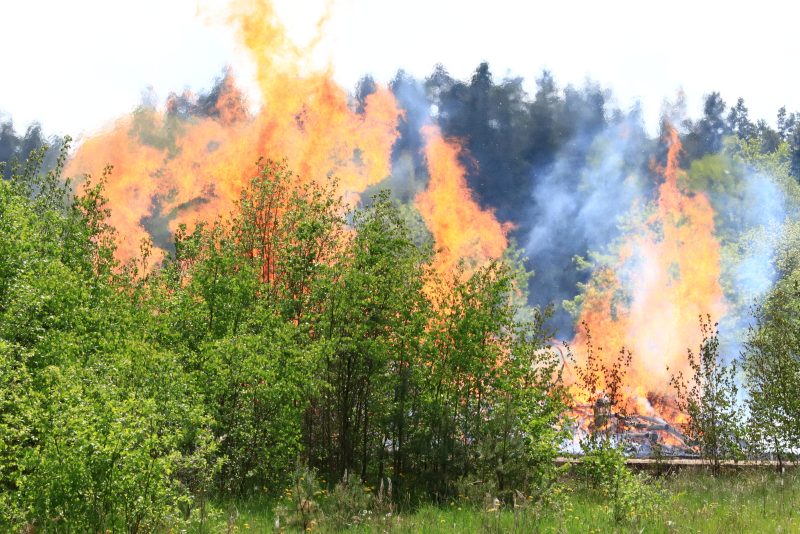
Strategic Tree Removal
If certain trees are too close to your home, diseased, or create a dense canopy, they may need to go. Strategic tree removal can dramatically reduce fire risk.
Work with a certified arborist to decide which trees to remove. Avoid DIY tree removal, especially near structures or power lines.
Regular Tree Maintenance
For trees you’re keeping:
- Prune dead limbs and branches hanging over your roof.
- Thin crowded trees to reduce canopy density.
- Remove lower branches to stop fire from climbing upward.
- Clear out ladder fuels, such as shrubs or dry grass under trees.
Fire-Hardening the Home Exterior
Wildfire embers are sneaky. They can travel miles ahead of the main fire, landing on your roof or porch and starting a blaze.
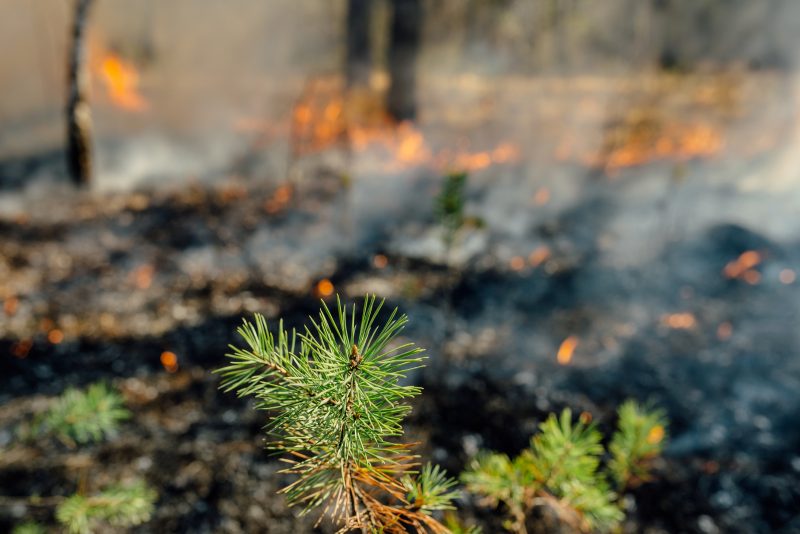
Fire-hardening your home includes:
- Installing ember-resistant vents to block tiny sparks.
- Using Class A fire-rated roofing materials like metal or composition shingles.
- Replacing wood decks or siding with non-combustible materials like stucco or fiber cement.
- Upgrading windows to double-pane tempered glass for better heat resistance.
- Closing gaps where embers can enter—roof edges, garage doors, etc.
Emergency Planning for Wildfire Events
Don’t wait until smoke is in the sky to make a plan. Have a solid wildfire emergency plan and practice your evacuation plan regularly so every family member knows what to do. An emergency plan should include:
- Evacuation routes (at least two options).
- Go-bag with essentials like medication, important documents, food, and water.
- Communication plan for family members.
- Backup power for cell phones and radios.
- Pre-identified safe meeting location away from your neighborhood.
Emergency Tree Services and Rapid Response
Sometimes, even the best preparations aren’t enough—and that’s when emergency tree services can make a difference.
When to Call Emergency Tree Services
You should call emergency tree services after high winds if you notice trees leaning or showing signs of cracking. It’s also critical to act if branches fall on power lines, especially if they’re blocking access or creating sparks. Another key moment to make the call is when a tree poses a threat to your home or appears unstable due to nearby fire damage. The sooner you reach out for help, the more options you’ll have to prevent further danger.
How Emergency Crews Can Protect Your Home
Having a trusted tree care company can be a huge relief during high-stress wildfire conditions. Certified tree crews can:
- Quickly remove hazardous trees or branches before they cause damage.
- Create last-minute defensible space during red-flag warnings.
- Clear access routes for emergency vehicles.
- Assess risk after a wildfire to ensure your property is still safe.
Community Collaboration for Fire Prevention
You don’t have to do it alone. Joining or starting a Firewise USA® community can help you work together with neighbors to reduce wildfire risks.
Firewise communities:
- Share resources and knowledge
- Organize community cleanup days
- Host wildfire education events
- Access funding for risk-reduction projects
Fire doesn’t recognize property lines, so it makes sense to take a team approach.
Conclusion
Wildfires are becoming more frequent and dangerous, but that doesn’t mean you’re helpless. With a mix of smart landscaping, home improvements, emergency planning, and community involvement, you can dramatically reduce your risk. Don’t wait for smoke to take action. Start now and protect what matters most!

